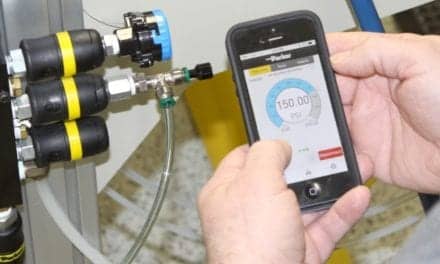Roche, Basel, Switzerland, announced the CE-in vitro diagnostics (CE-IVD) launch of its automated digital pathology algorithm, the uPath PD-L1 (SP263) image analysis for non-small cell lung cancer (NSCLC). The algorithm provides pathologists with automated assessments of scanned slide images that are objective and reproducible and have the potential to aid diagnosis and, ultimately, targeted treatment options for patients.
Validated on the Ventana PD-L1 (SP263) Assay, the algorithm is ready-to-use and integrated within the Roche uPath enterprise software, a universal digital platform for case management, collaboration, and reporting. This algorithm will help pathologists to quickly determine whether tumors are positive for the PD-L1 biomarker, highlighting positively and negatively stained tumor cells with a clear visual overlay for easy reference. Patients with tumors that are positive for the PD-L1 biomarker may be eligible for targeted treatment. “Improving diagnostic consistency and certainty is crucial in providing faster, higher-quality and more accurate diagnoses to cancer patients,” says Thomas Schinecker, CEO of Roche Diagnostics. “Our uPath PD-L1 (SP263) image analysis for non-small cell lung cancer is the first next-generation CE-IVD PD-L1 algorithm to the clinical market. It expands on our growing digital pathology suite for VENTANA assays that aid physicians in providing the most accurate treatment decisions for patients with the most common type of lung cancer.” For more information, please visit www.roche.com.






